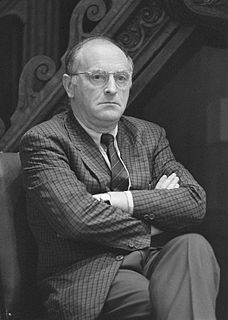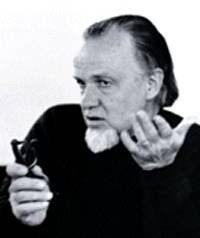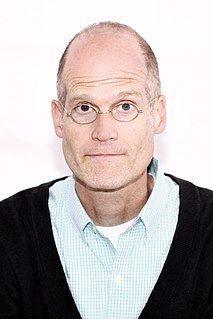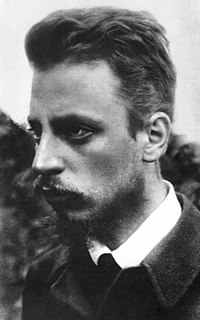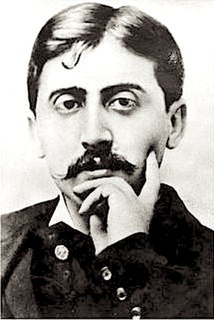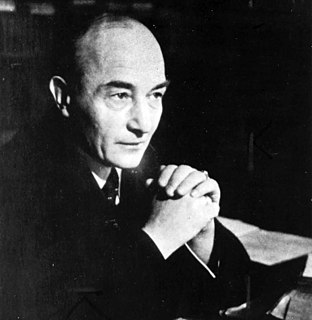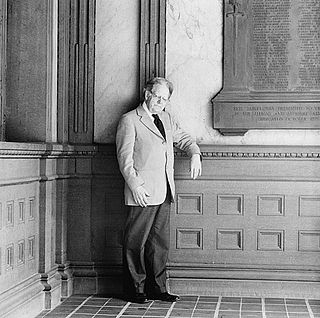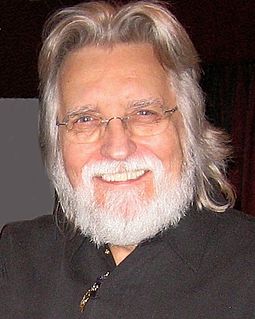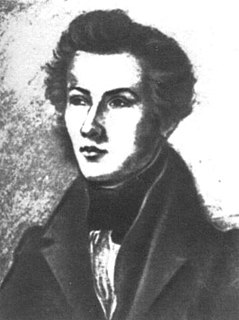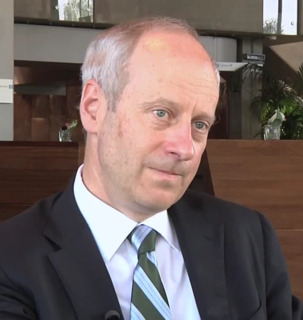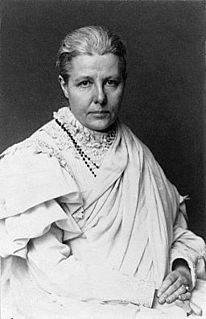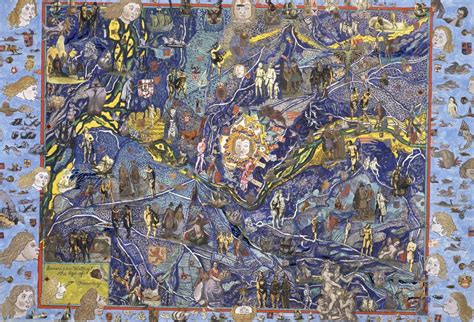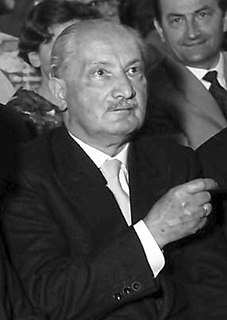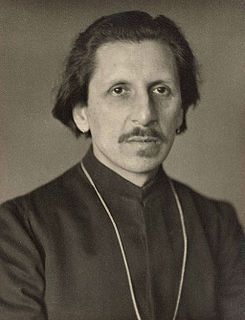A Quote by Susan Sontag
Transparence is the highest, most liberating value in art - and in criticism - today. Transparence means experiencing the luminousness of the thing in itself, of things being what they are.
Related Quotes
Modern man has no real "value" for the ocean. All he has is the most crass form of egoist, pragmatic value for it. He treats it as a "thing" in the worst possible sense, to exploit it for the "good" of man. The man who believes things are there only by chance cannot give things a real value. But for the Christian the value of a thing is not in itself autonomously, but because God made it.
Read as little as possible of literary criticism - such things are either partisan opinions, which have become petrified and meaningless, hardened and empty of life, or else they are just clever word-games, in which one view wins today, and tomorrow the opposite view. Works of art are of an infinite solitude, and no means of approach is so useless as criticism.
Therefore, criticism has to direct itself against itself, and against the mysterious Substance in which it has up to now hid itself. In this way criticism must resolve things such that the development of this Substance drives itself forward to the Universality and Certainty of the Idea of its actual existence, the Eternal Self-consciousness.
No matter how physically faint, a photograph involuntarily whisper of something exquisitely carnal. The weeks, the years, whatever stretches of time separating our present from the photographs retire into the transparence of the shot and seem erased by it. We almost have to shake ourselves to overcome the feeling that we peer out at the other place, in that different age. Yet we are always aware of this illusory dislocation, for such is the ambiguity, in principle, that seduces us over and over again in the photographic experience.
In the work of art the truth of an entity has set itself to work. ‘To set’ means here: to bring to a stand. Some particular entity, a pair of peasant shoes, comes in the work to stand in the light of its being. The being of the being comes into the steadiness of its shining. The nature of art would then be this: the truth of being setting itself to work.
But tell me: how did gold get to be the highest value? Because it is uncommon and useless and gleaming and gentle in its brilliance; it always gives itself. Only as an image of the highest virtue did gold get to be the highest value. The giver's glance gleams like gold. A golden brilliance concludes peace between the moon and the sun. Uncommon is the highest virtue and useless, it is gleaming and gentle in its brilliance: a gift-giving virtue is the highest virtue.

